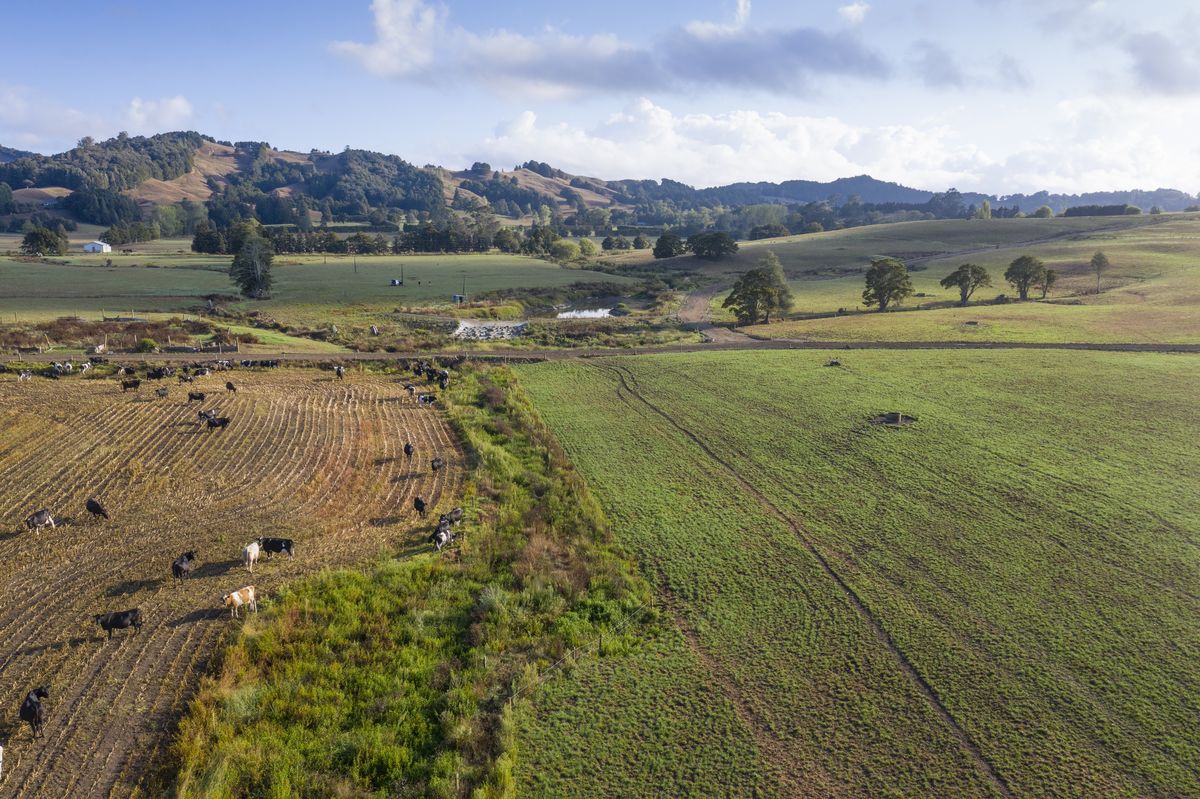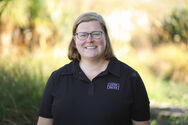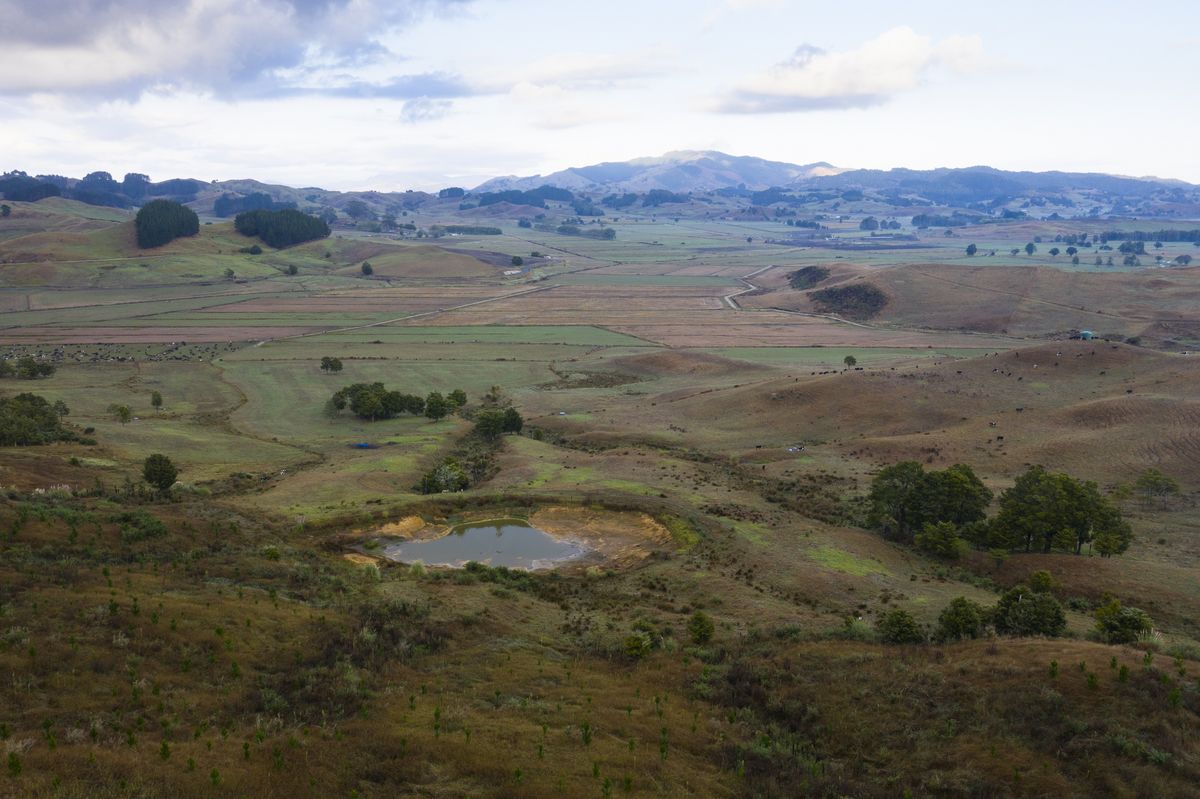
Detention Bund trial successfully reduces contaminants
Media release March 2022
A trial of two detention bunds on farms in the Wairua River catchment in Northland has demonstrated they could be an effective tool for reducing fast flowing floodwater laden with contaminants such as sediment, nitrogen, and phosphorus, from damaging fragile freshwater ecosystems.
That’s the conclusion from a report on the bunds commissioned by Living Water, a partnership between the Department of Conservation (DOC) and Fonterra. The trials that commenced in 2018 were to test whether detention bunds slow the movement of run-off, reduce flooding, scouring and erosion, and the volume of contaminants travelling down waterways during heavy rainfall. Katie Collins, Technical Adviser with the Department of Conservation and Science lead for Living Water says monitoring over two years including during heavy rainfall events shows encouraging results.
“At one of the bunds, about 70% of the excess rainfall was held behind the bund during high rainfall and slowly released downstream, minimising the scouring and erosion that occurs with floodwater and leads to sedimentation,” says Collins. “The bund was effective at removing sediment, with about 80% of the suspended sediment dropping out behind the detention bund rather than washing downstream.”
Northland was selected for the trial because during the winter months frequent and heavy rainfall saturates the ground which becomes incapable of absorbing more water. That leads to flooding and erosion, as floodwater scours sediment from the ground into waterways and downstream to Kaipara Moana. The sediment covers the beds of streams damaging the freshwater ecosystem by destroying habitat for invertebrates and clogging the gills of fish.
Living Water was also interested to learn whether bunds would capture water-borne contaminants such as nitrates and phosphates and prevent them from polluting the waterway and the harbour downstream. Collins says both detention bunds reduced water-borne contaminants.
“In both trials, water monitoring revealed Total Nitrogen levels decreased by as much as 45% and Phosphorus by up to 81%”, says Collins. “These results and together with reductions in the quantity of sediments give us cautious confidence to recommend detention bunds as a catchment-wide tool for managing water flows in heavy rainfall and reducing sedimentation and contaminants.”
However, the bunds do need to be located and sized correctly to be effective. “In one of the trials, the bund was too small for the volume of floodwater in the catchment”, says Collins. “That meant during significant rainfall, floodwater wasn’t adequately slowed and consequently sediment did not drop out before flowing over the bund”. Collins says the trial highlighted the importance of locating and designing the bund specifically for the catchment.
Living Water also wanted to trial a tool that didn’t require resource consents or complicated permitting processes that would discourage landowners. Depending on the size and providing they don’t impede fish passage, the detention bunds were a permitted activity in Northland and so did not need to go through any council or legal approvals process with associated costs. If detention bunds are a tool you are interested in implementing, please check planning requirements with your local Regional Council.
Since being established in 2013 the Living Water partnership has been trialing tools and approaches that could be scaled up and would help improve freshwater. This includes on-farm tools, catchment-based solutions, and addressing implementation barriers (like funding, consenting, capability and waterway management). By trialling a variety of tools in five catchments around New Zealand, Living Water is compiling the results of the trials to make it easier for farmers, iwi and communities to improve freshwater quality.
For more information head over to the Detention Bunds project page

Katie Collins
